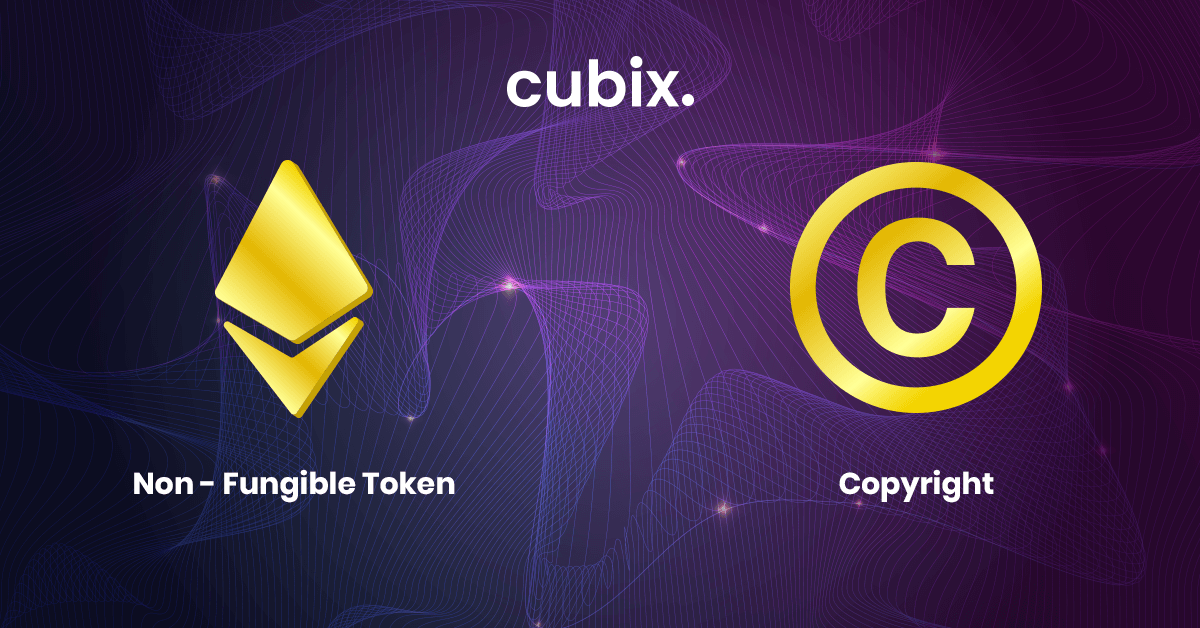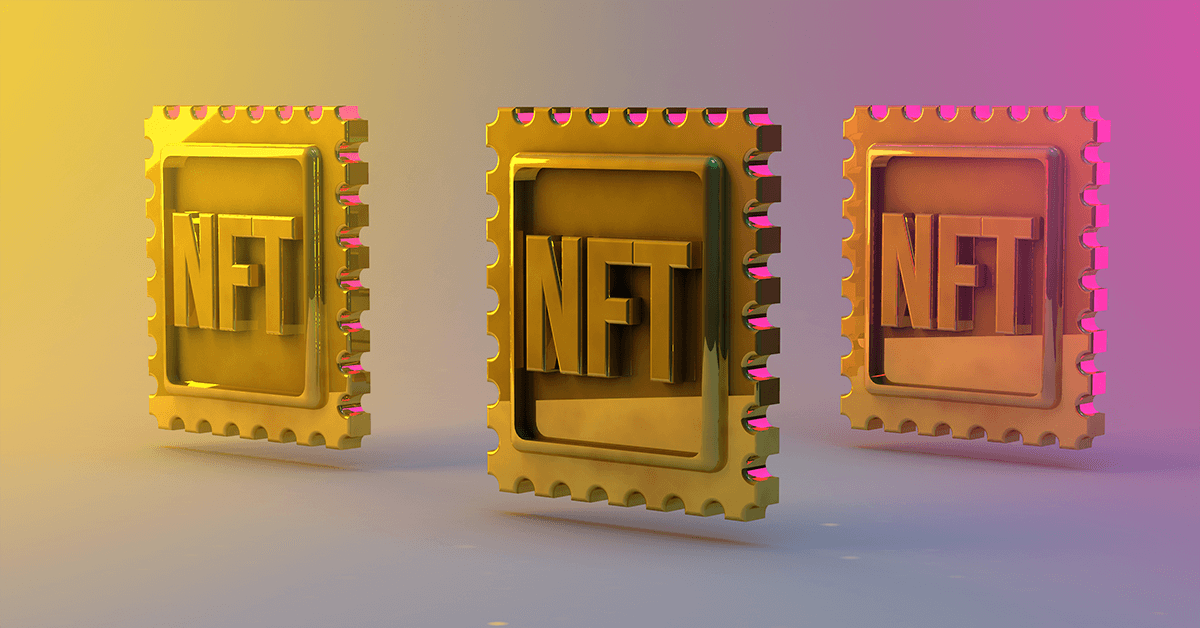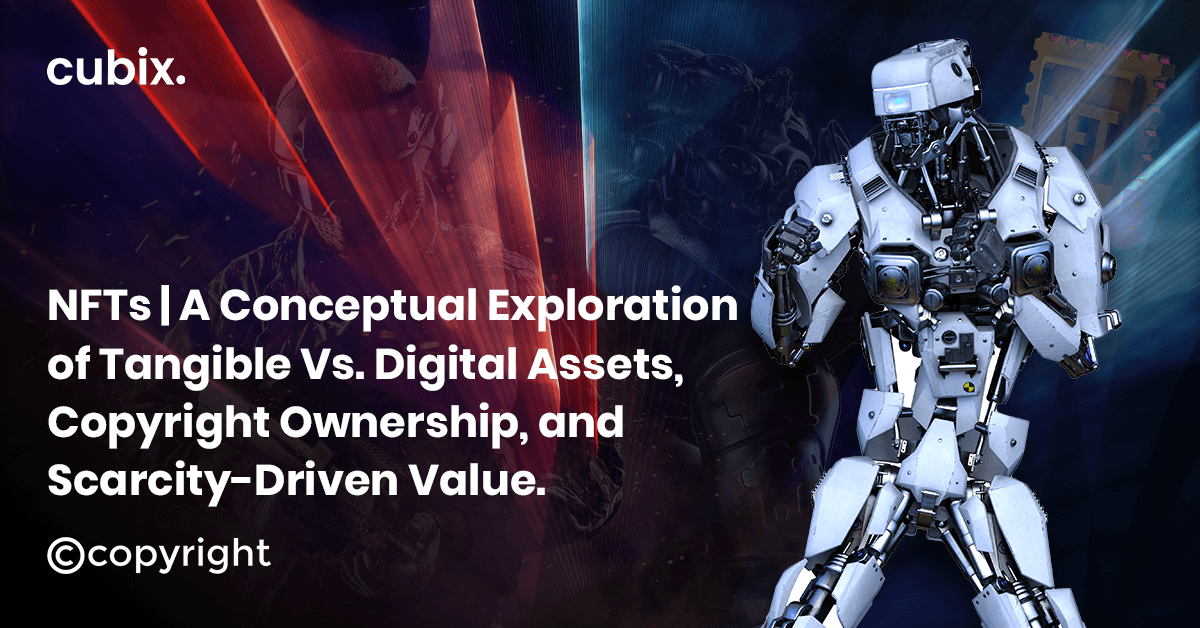NFTs (nonfungible tokens) have been around for quite a while, but a legal definition for them has not come forward to date. While people are still coming to terms with what NFTs exactly are, this post attempts to explain what makes nonfungible tokens valuable in the backdrop of the legal aspects of copyright and ownership.
What are NFTs?
The ‘Mom’ Analogy
Among a dozen examples of NFTs (some hideously outrageous) that industry experts and enthusiasts come up with, the one that struck a chord with me (although distasteful to some) pertained to uniqueness; I was told that an NFT is as unique as my mom. This analogy has been catchy, so much so that you can get t-shirts and hoodies with this on it at Amazon.
It did help me grasp the concept almost immediately – but the question I then had was, ‘are NFTs really that unique?’
Answer: Not really
So, I kept exploring and came across a few more conceptual examples.
The ‘Baby’ Analogy
It wasn’t too long before I got a slightly different version of the earlier example. This time, I was told an NFT was as unique as my baby. I found this to be a better analogy. But I continued to think about the idea some more.
My baby and the NFT I buy would both be mine in terms of legal possession, and no one would be able to claim them. That sounded just about right for anything that was mine.
By this point, I was developing a deeper understanding of how unique an NFT would be in terms of uniqueness, and everyone who has a baby would be able to relate to this.
After all, your own baby is unique, and no one could claim it. That’s an awesome way of putting NFT uniqueness and ownership.
But I then started thinking about copyright ownership and how NFTs could be minted repeatedly out of one original. I realized soon enough that the baby analogy might not hold up.
Copyright Ownership

When we talk about copyright ownership, you are the owner of the source components. This naturally brings us to things like creation and duplication rights. And there certainly is some confusion concerning duplication with NFTs. So, let’s explore this some more.
Your baby, while being unique, can’t be reproduced. This refers to your DNA and every other thing that your baby can get from you and your spouse alone, but you can’t produce the same exact child twice. This is where the baby analogy collapses.
Someone who owns a copyright, i.e., the original producer of a painting, can, in fact, produce as many NFTs as he or she desires.
Tangible Masterpieces and Digital Art – Owners Can Mint NFTS Repeatedly

To dig a little deeper for everyone’s benefit, we can explore the Mona Lisa. It’s an original, tangible piece of art. It has only been made once. It’s a hand-painted masterpiece. Even if the original artist were alive today to paint it again, the painting wouldn’t be an exact replica. It may look the same to an untrained eye, but upon closer inspection, the brush strokes would differ.
That’s the uniqueness of hand-painted art. But what about digital art? Or if NFTs were produced from the original Mona Lisa? Wouldn’t those NFTs be easily produced repeatedly?
Answer: Well, of course, yes. But we’ll come back to this in a minute. Let’s digress a bit to understand a little about the NFT of a work of tangible art.
“… the ‘Token’ portion of an NFT is truly a digital item designed to track the asset by its “TokenID” and attribute ownership to the current owner, as the transaction histories dating from the ‘minting’ (i.e., initial creation and recordation on a blockchain) of the NFT to current ownership are technically public.”
Okay, so we have established the uniqueness of an NFT that may be produced or minted from an original (that may be tangible or digital itself). But what’s to stop a copyright owner from minting more NFTs from the same original asset?
Watch this short video to develop a basic understanding of how you can mint artwork NFTs.
The NFT Scarcity Factor
An NFT is an exact digital replica of the original. When you buy or are awarded an NFT in a game, for example, what you end up owning is an exact digital copy of the original. BUT, other people may also own an exact replica. The only thing that will make each copy different from other copies is the unique link generated that is recorded on the blockchain. So, your copy will still be unique.
This means a copyright owner can choose to mint any number of NFTs and sell those copies, right?
Answer: Yes. But there’s more to this.
A digital artist can choose to produce the exact same NFT multiple times. That’s a sheer possibility and a matter of their will and desire to do so. However, once an artist mints these copies, they will each have their own unique identification numbers on the blockchain. That’s what makes each minted replica a unique product.
While we may struggle with swallowing the idea of a unique replica, an NFT blockchain link holds the timestamps, and other important information of a particular replica that make it unique.
For the time being, investors and everyone dealing with NFTs largely believe that there will only be one NFT for each creation out there, which will be unique and rare and have a price that is justified by its scarcity.
So, does this mean that although you may be a copyright owner of some artwork, you can’t or shouldn’t mint more NFTs under the NFT scarcity aspect?
Anything that’s in limited supply will have more value. The idea driving value in NFT creation is scarcity.
Ownership Rights and Minting NFTs
When you buy an NFT or win an NFT, you don’t hold the copyright. You can’t convert it to anything else, and it has already been minted by the owner (the copyright owner). So, while you have bought an NFT, you can’t reproduce it or claim to own the copyright unless the owner sells or awards you the ownership rights.
“… under U.S. copyright law the copyright holder … is and should be the only one with the authority to transform the original work into an NFT.”
When you buy or are awarded an NFT, you do not get the copyright ownership rights to that creation. However, you can trade the NFT you buy. You cannot copy or distribute copies of it. And you can’t sell the one you own to multiple people because only one person can own one link (recorded on the blockchain). It’s the link that makes an NFT unique. You can only sell it once, and you can’t mint it because you are not the creator.
While courts have not presented a legal definition for NFTs, it’s the ‘scarcity’ factor that stands as a chief attribute that drives NFT value. Without being scarce, it’s likely that NFTs will not have the value that they claim. So, does this mean that copyright owners must ensure scarcity in order to ensure NFT value? Will they need to self-regulate or risk losing value?
The following case will provide us with a better understanding of self-regulation to ensure NFT scarcity.
Warhol’s NFT Art Creation – Minting Limited NFTs Ensured High Value
The Andy Warhol Foundation minted five digital works that were retrieved from the artist’s floppy disks more than three decades ago.
The intention was to auction the five art pieces and not produce any more NFTs. This ensured rarity or scarcity. The scarcity of limited NFTs of Warhol’s artwork ensured value, and the five pieces generated sales figures exceeding $3.3 million.
With the use of NFTs only in its infancy, people struggle with the concept while multiple legal angles are being explored. Currently, a few of many possible scenarios are at hand, and it’s likely that these will influence rulings at a later date.
For the time being, NFTs minted from Warhol’s paintings in a limited number provide us a fair idea of ensuring the scarcity factor. This serves as our understanding, and it is pretty much the underlying concept that has been driving NFT value up till this point. It’s likely that there will be some legal definition widely accepted in time to come that will capture the integral meaning and purpose of NFTs.

